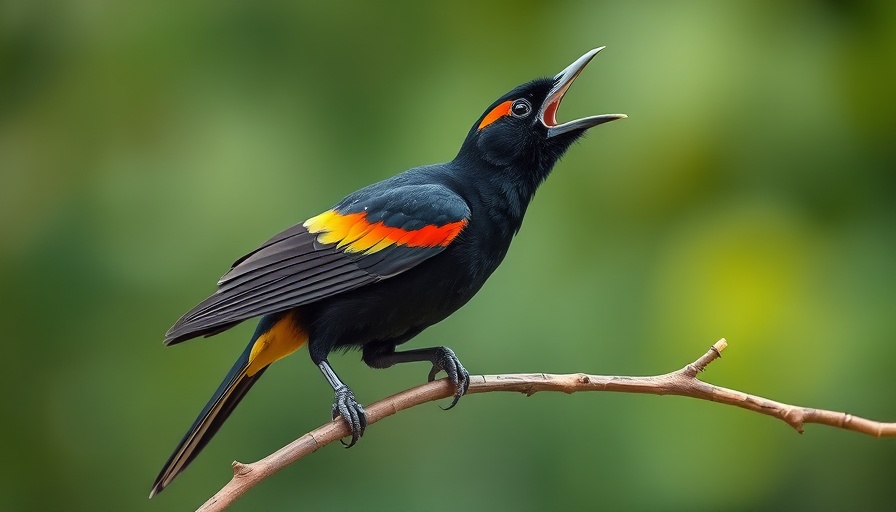
The Origin of a Passion: Christian Cooper’s First Encounter with Birds
Christian Cooper, renowned host of the National Geographic show *Extraordinary Birder*, recalls how a mandatory woodshop class opened his eyes to the avian world. Although not initially interested in birds, this class resulted in an unexpected creation: a bird feeder. Little did he know, this simple project would spark a lifelong passion for ornithology. Cooper vividly remembers the moment he saw his first Red-winged Blackbird — a striking black bird with vivid red patches on its wings — and mistakenly thought he had discovered a new species, showcasing his youthful scientific enthusiasm.
The Red-winged Blackbird: A Symbols of Spring
For Cooper, the Red-winged Blackbird isn't just a bird; it symbolizes the return of spring after a dreary winter. Growing up on Long Island, he associated their arrival in March with rejuvenation and hope, joyfully exclaiming, "They’re back!" The song of the Red-winged Blackbird, which marks the awakening of nature, remains etched in his memory as an auditory herald of brighter days ahead. This emotional connection to the bird illustrates the profound impact nature can have on our well-being.
The Broader Cultural Relevance of Birding
Christian Cooper's story resonates with many, revealing how nature can ignite passions and shape personal narratives. Birdwatching not only offers a refuge amidst urban chaos but also fosters rich experiences of observation and mindfulness that can unify communities. His journey from indifference to becoming a birder advocates the potential benefits nature encounters have on mental health, pushing others to explore the natural world around them.
Inspiring Future Generations Through Birding
The rise of popular birding media, driven by figures like Cooper, encourages younger generations to engage with nature. His memoir, *Better Living Through Birding*, serves not just as a chronicle of his experiences but as an invitation to others. Inspiring youth to appreciate wildlife can enhance environmental awareness and stewardship, concepts that are integral in today's rapidly changing climate. Christian Cooper exemplifies a crucial response to preserving natural wonders through education and passion.
 Add Row
Add Row  Add
Add 




Write A Comment